Choosing Paper Cups Shows You Care for the Planet
Paper cups offer many benefits at the beginning and end of their life cycle. They’re made primarily from renewable raw materials that grow from the earth and can be recycled where facilities exist, mirroring our planet’s natural cycles of growth and renewal.
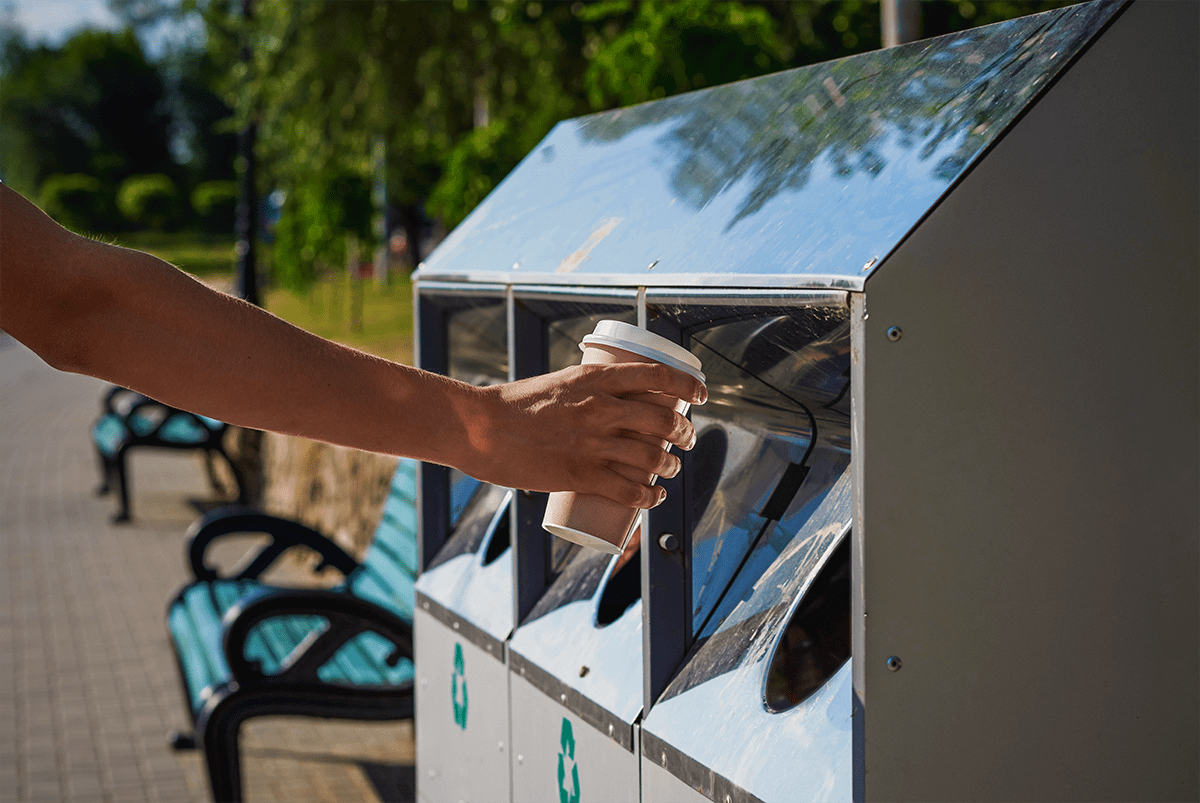
Embracing Our Planet’s Majestic History
Adopting paper cups can help to support forest conservation, biodiversity, and the rural economy.
The U.S. has more than 800 million acres of forestland, more than half of which is comprised of timberland that support the delicate ecosystems within. Choosing paper cups shows you care about preserving our historic forests, and the rural economies that rely on them. As demand for paper and paperboard increases, the landowners that manage these forests will continue to promote the maintenance and growth of forestlands.
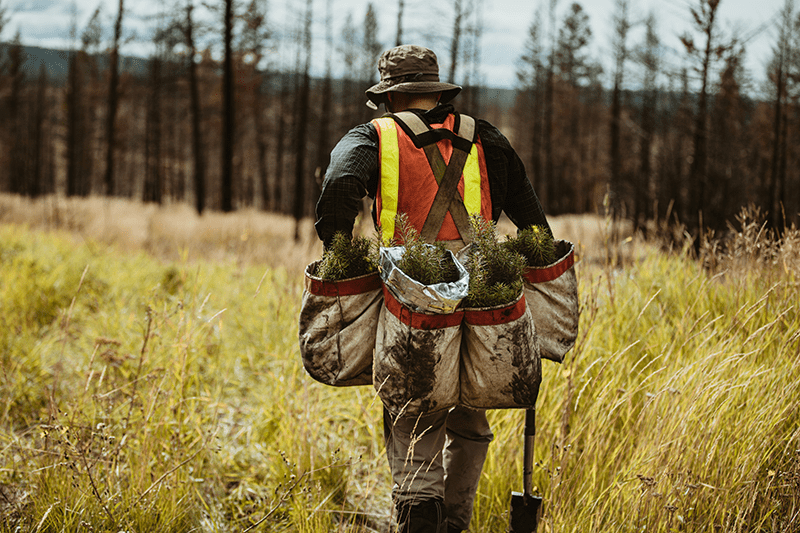
When We Care for Our Forests, Our Forests Care Back
America’s forests sequester 800 million metric tons of CO2 a year, offsetting around 13 percent of greenhouse gas emissions produced across the U.S. In absorbing carbon dioxide, a major greenhouse gas, from the atmosphere, forests help regulate the climate and reduce the effects of global warming.
Strong market demand for sustainably sourced paper cups and other paperboard products provides a powerful financial incentive for landowners to continue to manage their land responsibly and keep it forested instead of converting or selling it for non-forest uses.
There’s no story quite like the tale of our forests—and when you choose paper cups, you can be a part of it.
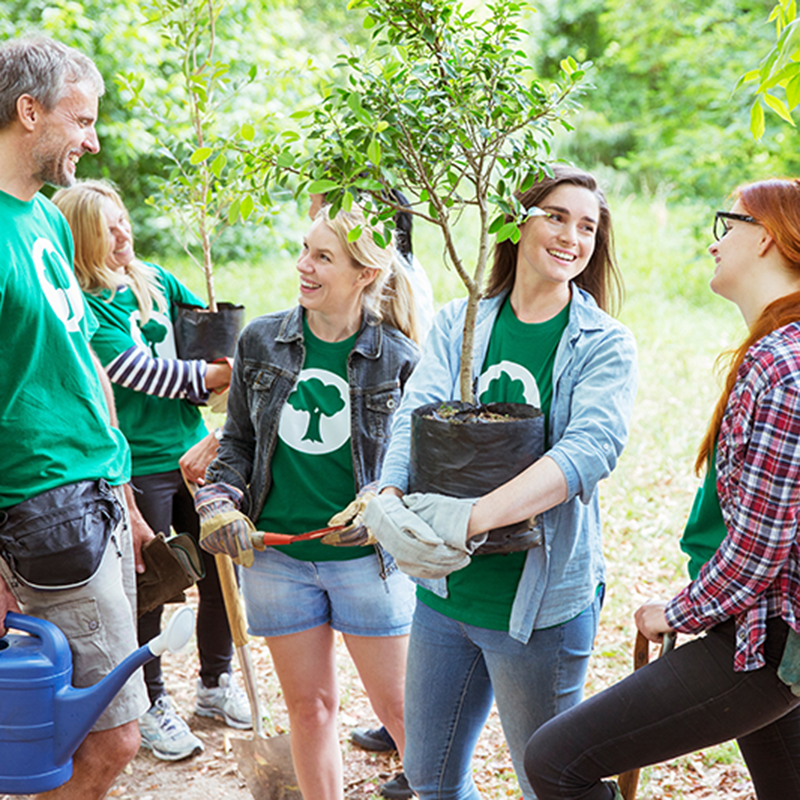


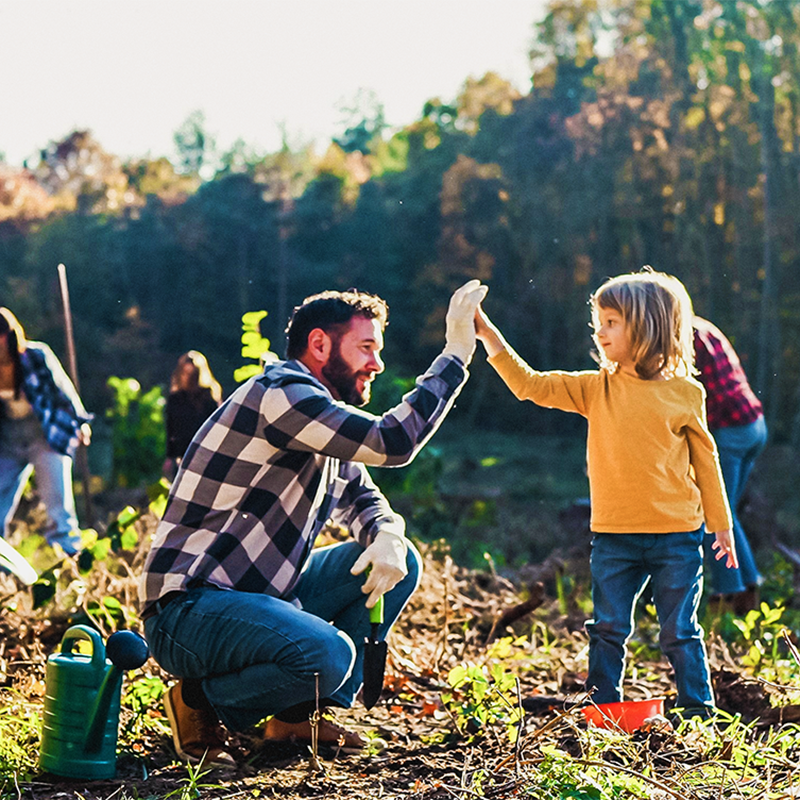
Does Having Access to Recycling Mean It’s Actually Recovered?
Access to Recycling Doesn’t Necessarily Mean Recovery
Over 70 percent of U.S. consumers have access to recycling, and plastic has high access rates. Take these two facts together and you might think plastic cups are widely recycled—but the reality is different.
Not everything recyclable is successfully recycled, as there has to be a strong end market for the recycled material. While a plastic cup can be labeled as “recyclable” only 9% of plastic is actually recycled in the U.S.
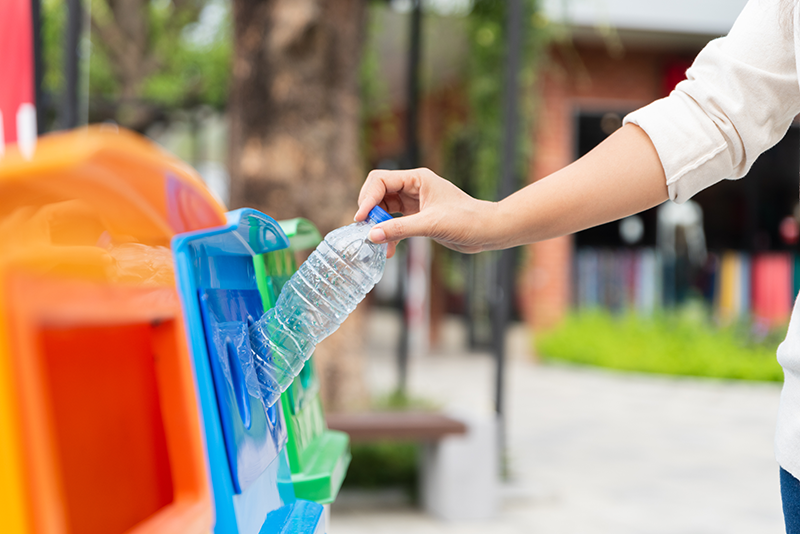
Access to Recycling for Paper Cups Is Growing
Western Michigan University has successfully conducted repulpability tests over many years to demonstrate the recyclability of paper cups, and the recycling of paper cups is growing. While only 11 percent of communities in the U.S. officially accept paper cups in their residential recycling programs today, the increasing number of mills that accept them signals a greater opportunity to grow paper cup recycling efforts.
Over 40 mills in the U.S. accept paper cups for recycling today. The Foodservice Packaging Institute (FPI) offers information on the communities that accept paper cups for recycling.
According to the FPI, the dozens of paper mills that now accept paper cups in mixed paper bales represent more than 75 percent of U.S. mixed paper processing demand.
The following chart shows how access to recycling for paper cups in the U.S. has grown over the last seven years.
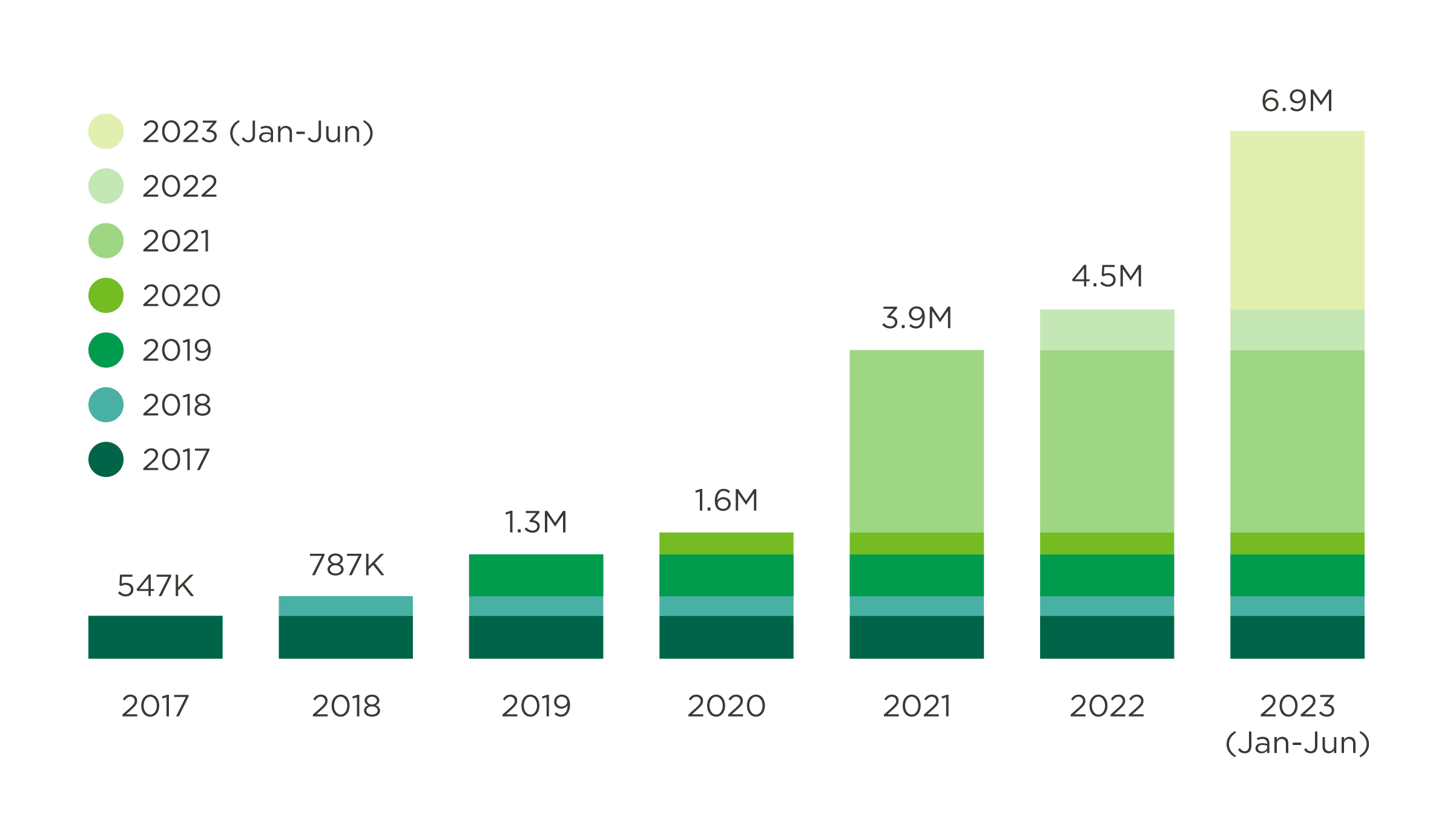
Foodservice packaging recycling access added (number of households). Source: Foodservice Packaging Institute.
Consumers Care…and So Do Lawmakers
It matters what your cups are made of. It matters where they come from. And it matters where they end up after use. When you choose paper cups, you show that your business cares about the planet.
And, as the QSR market continues to enjoy rapid growth, learn why that growth cannot be separated from sustainability here.
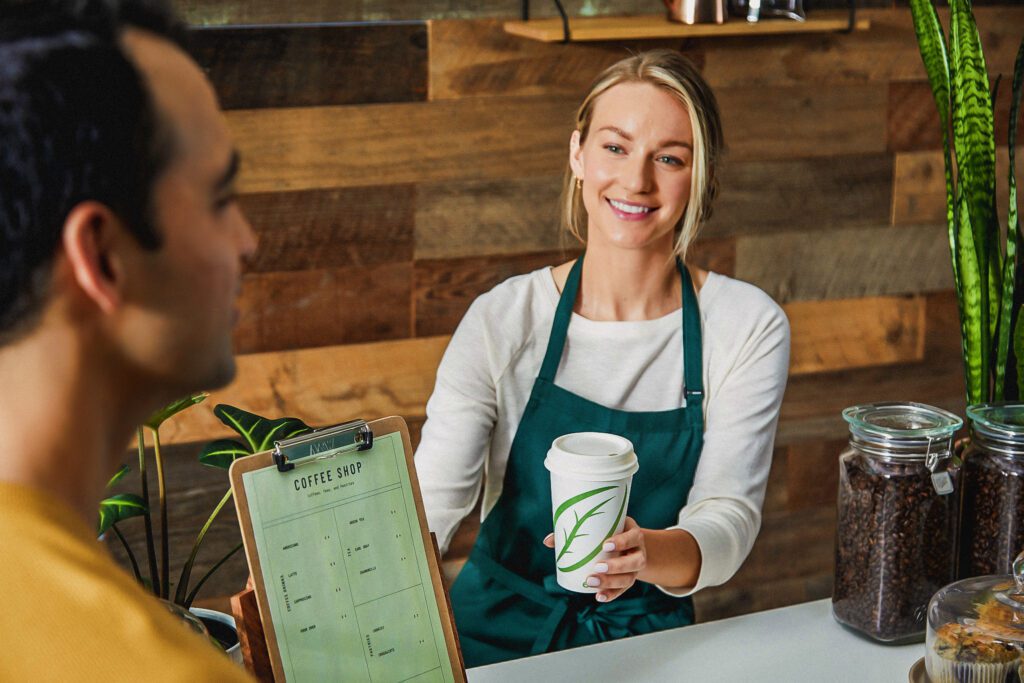
Our Approach
Better, every day. That’s how we approach sustainability. We keep innovating, optimizing, and implementing to ensure that our packaging and actions are inherently better for people and the planet — so that little by little, step by step, we help make life’s everyday moments better.
Choosing Paper Cups Makes
a World of Difference
New to paper cups or have a question for our team? Contact us.